Individual Differences in Self-Managed Organizations
.jpeg)
With an increasing number of self-managed organizations, scholars are driving their attention towards these news forms of governance. Self-management does not only reflect –in its own way– traditional concepts such as engagement or motivation, but also offers the opportunity to explore new phenomena happening in such a particular organizational setting.
While studies focusing on organization, structure and strategic aspects of self-management are of great importance – and great need – I decided to narrow my research into employees’ experiences in self-managed organizations. Amongst the reasons for making this choice are my background in Psychology and the willingness to give voice to those that are experiencing self-management in their daily work. To do so, I am interviewing employees from several organizations and collecting all sorts of data from them, in order to understand what are the main impacts at an individual level. Some of the topics that my work has brought up so far are performance/productivity, satisfaction and management misalignment.
As my study won’t be the first in this field, I highly recommend reading the work of Michael Lee on the subject; another example of this line of research is the study published at the Journal of Organizational Behavior, by Renn et al. in 2010. The authors successfully attempt to explain why some employees do not engage in self-management behaviors and therefore fail in self-management. It is important to note that this study is not done in a self-managed organization, as it focuses on self-management as an employees’ behavior that can occur in traditional hierarchical settings as well.
👉 Proper self-management behaviors include:
- self-goal setting: being able to set specific, challenging personal goals in relation to work functions.
- self-monitoring: being aware and monitoring target behaviors and comparing them with personal goals.
- and operating on oneself and the environment to reduce discrepancies between behavior and self-set goals.
In this study, the self-defeating behaviors examined are: inability to delay gratification, procrastination & emotional self-absorption. The inability to delay gratification is linked with the inefficiency of setting personal goals, as there is a lack of willpower necessary to set future goals. Procrastination has a negative impact on the three self-management behaviors, and in addition would reduce performance. Lastly, emotional self-absorption involves excessive self-focus. While moderate self-focus can be advantageous, an excess can lead to behavioral dysfunction, performance impairment, depression and even substance abuse.
Whichever the organizational management system is, this study brings light to how individual differences can predict if employees will or will not engage in self-management behaviors. It is plausible to think that such behaviors are needed for the success of self-management, as some employees would not take the necessary actions for it to have a correct functioning. The authors suggest that organizations should pay attention to these behaviors. Contrary to personality traits (that are relatively stable), self-management and self-defeating behaviors can possibly change with training.
Why do employees fail at self-managed organizations?
According to an article by Linkedin many self-managed teams fail due to the lack of:
- Context Clarification
- Clearing accountabilities
- Lack of cross functional accountability
Context, frameworks and accountabilities should be left clear and transparent for the team to understand what they should be working on. Everyone is working towards the same purpose – and at times it can get tricky of losing sight of what the common denominator is between all teams and roles. The article states: “Accountability is important for guiding behavior and ensuring things get done. But most importantly, it’s a single point of accountability that keeps things clear and in focus.”
Self-managing organizations means no structure?
What is the biggest misconception when it comes to self-managed organizations? That there is no structure, chaos will take over and that it’s not something realistic to be practiced. According to Medium.com, organizations “opt for pre-designed structures such as Holacracy or Sociocracy, both of which involve clearly agreed interlinked circles, granular roles, meetings structures and defined decision-making protocols.”
Other organizations opt for self-management done in their own way. For example, Buurtzorg is known for their self-managed structure as they operate with teams composed of 12 nurses supported by a team coach and IT system and no HR.
🤩 And how can you bring alignment to your teams and agility with the proper framework?
With Holaspirit you’re able to bring alignment to your teams with the platform’s organizational chart for a better view of who is doing what and role accountabilities.
🚀 Keep things clear:
👉 Have a clear view of the collaborators in your organization and their roles with the platform's organizational chart
👉 See what each role is accountable for and what is expected from each individual with a clear view of members, roles and accountabilities

🔥 Article pick: How to Implement Self Organization and Build a Great Company Culture

⭐️ For more information on our platform, book a call or contact us directly. Also start your journey and visit our plans available ⭐️




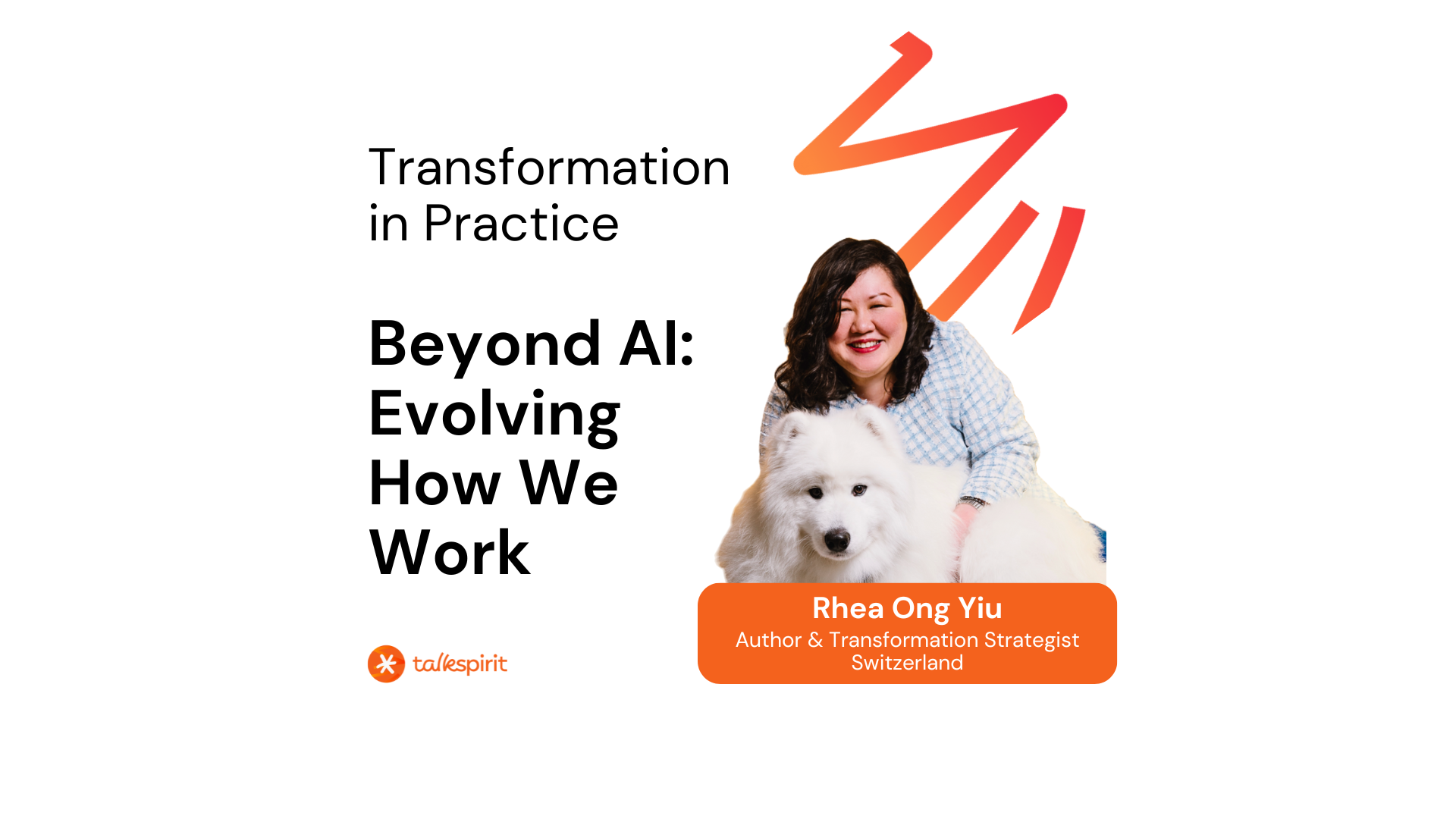
.jpg)


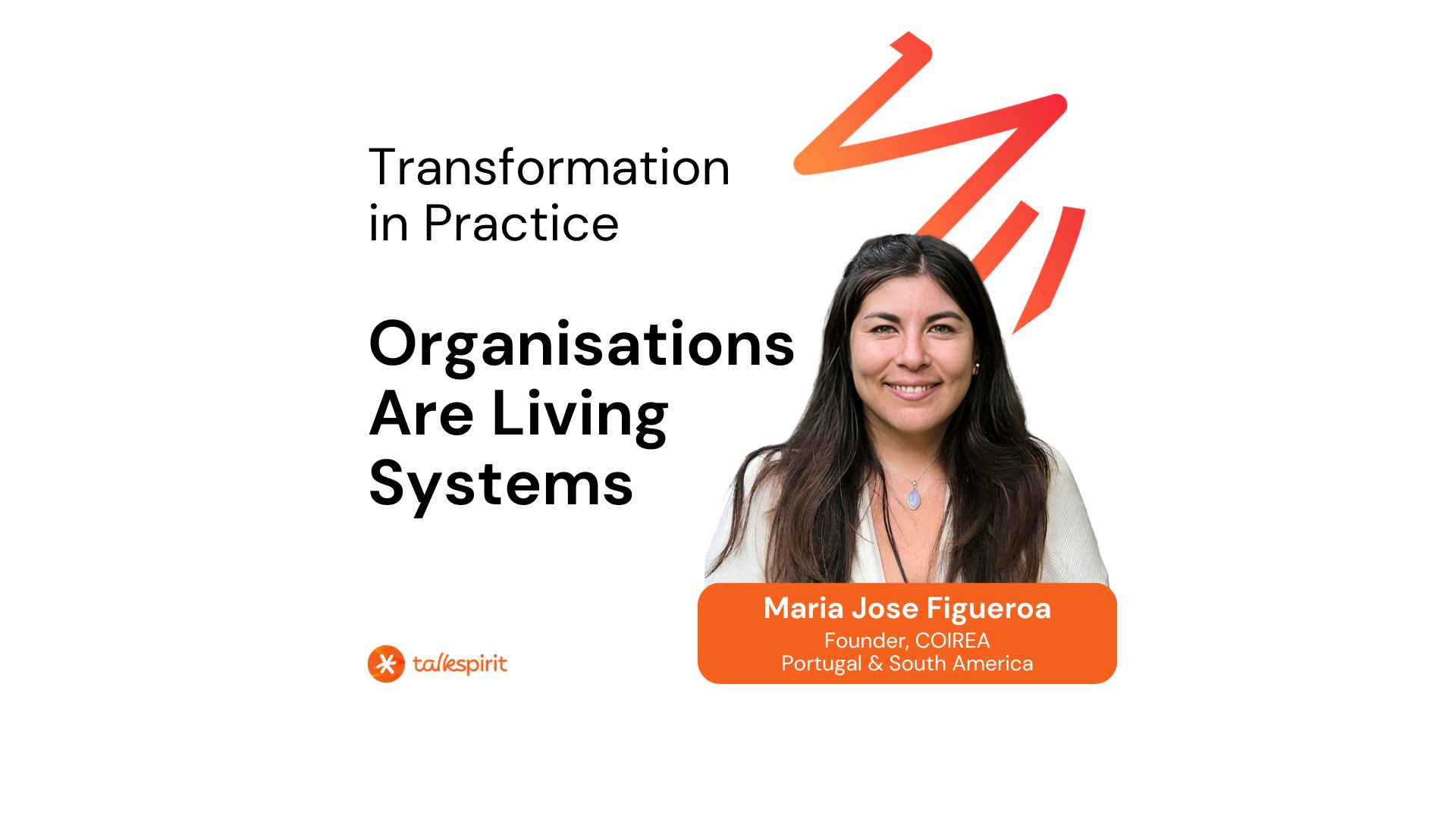





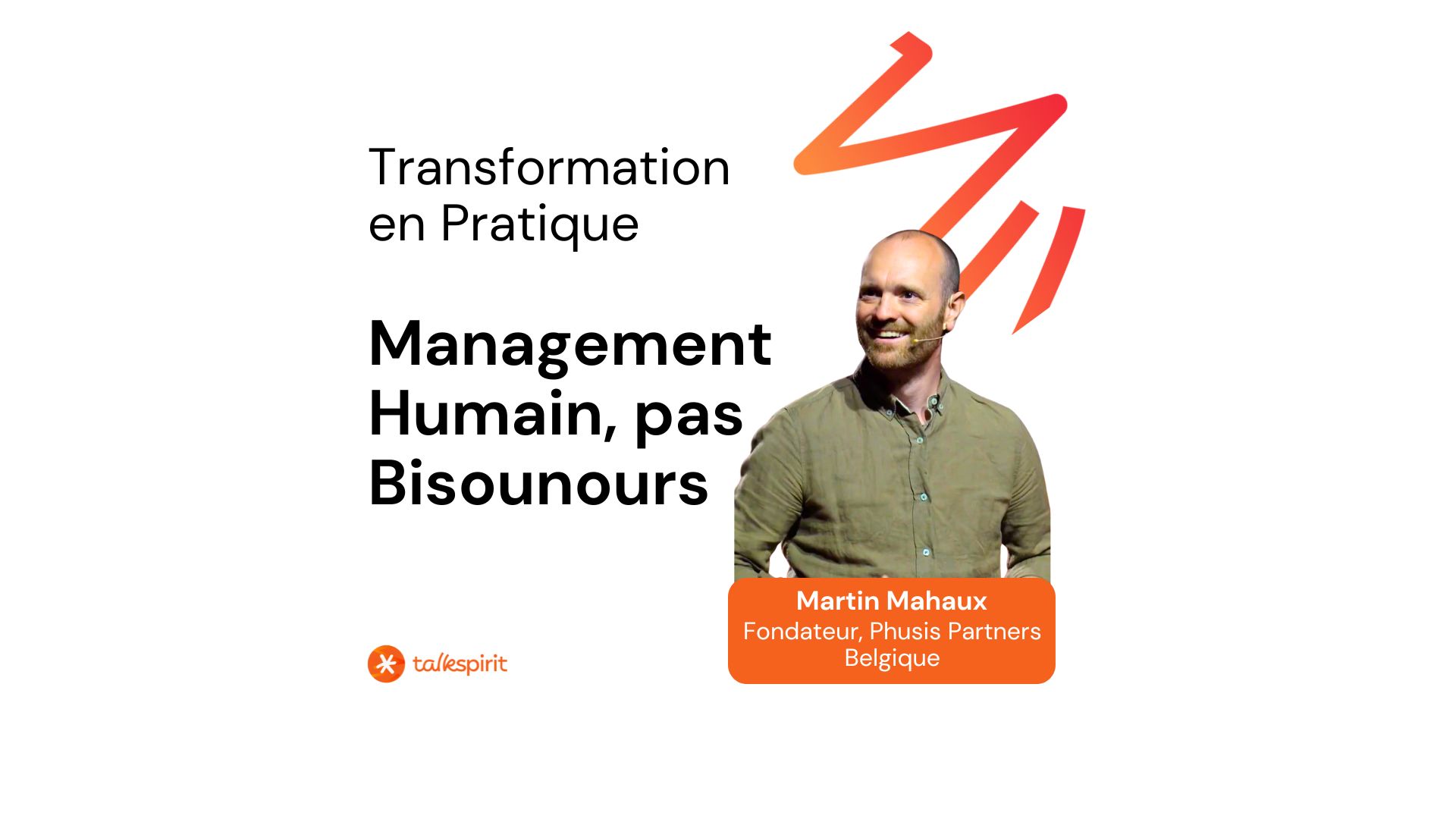
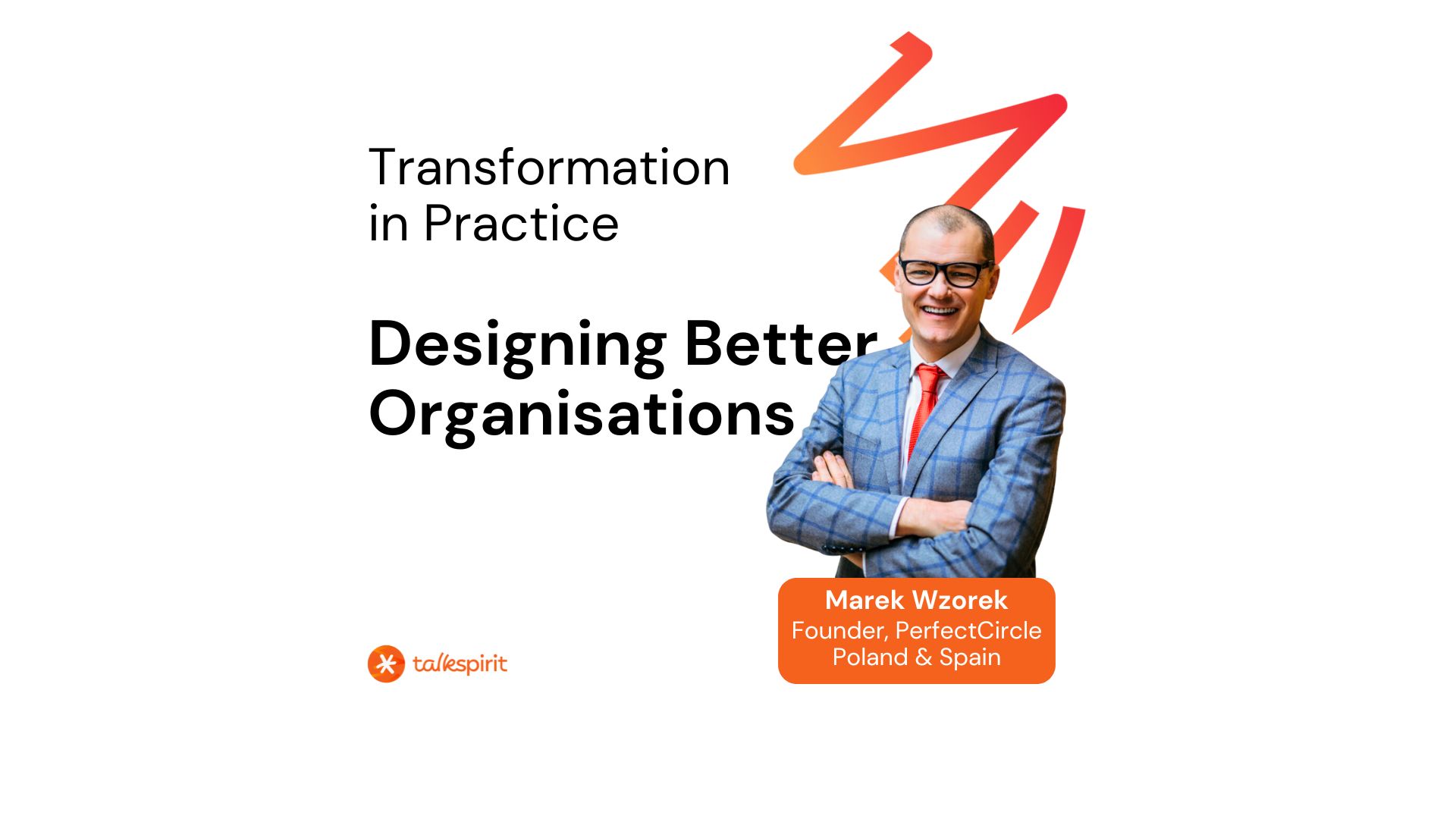

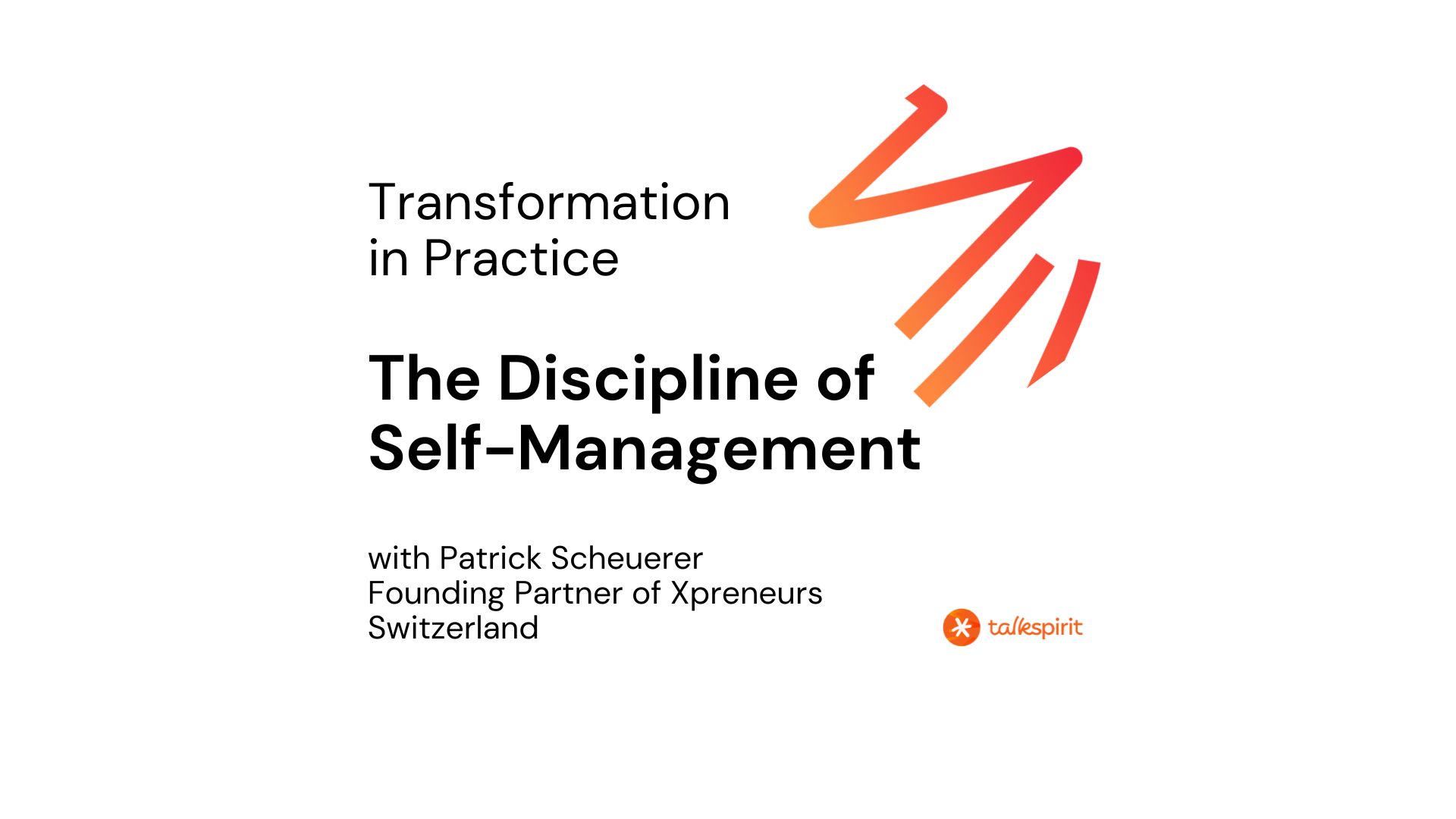

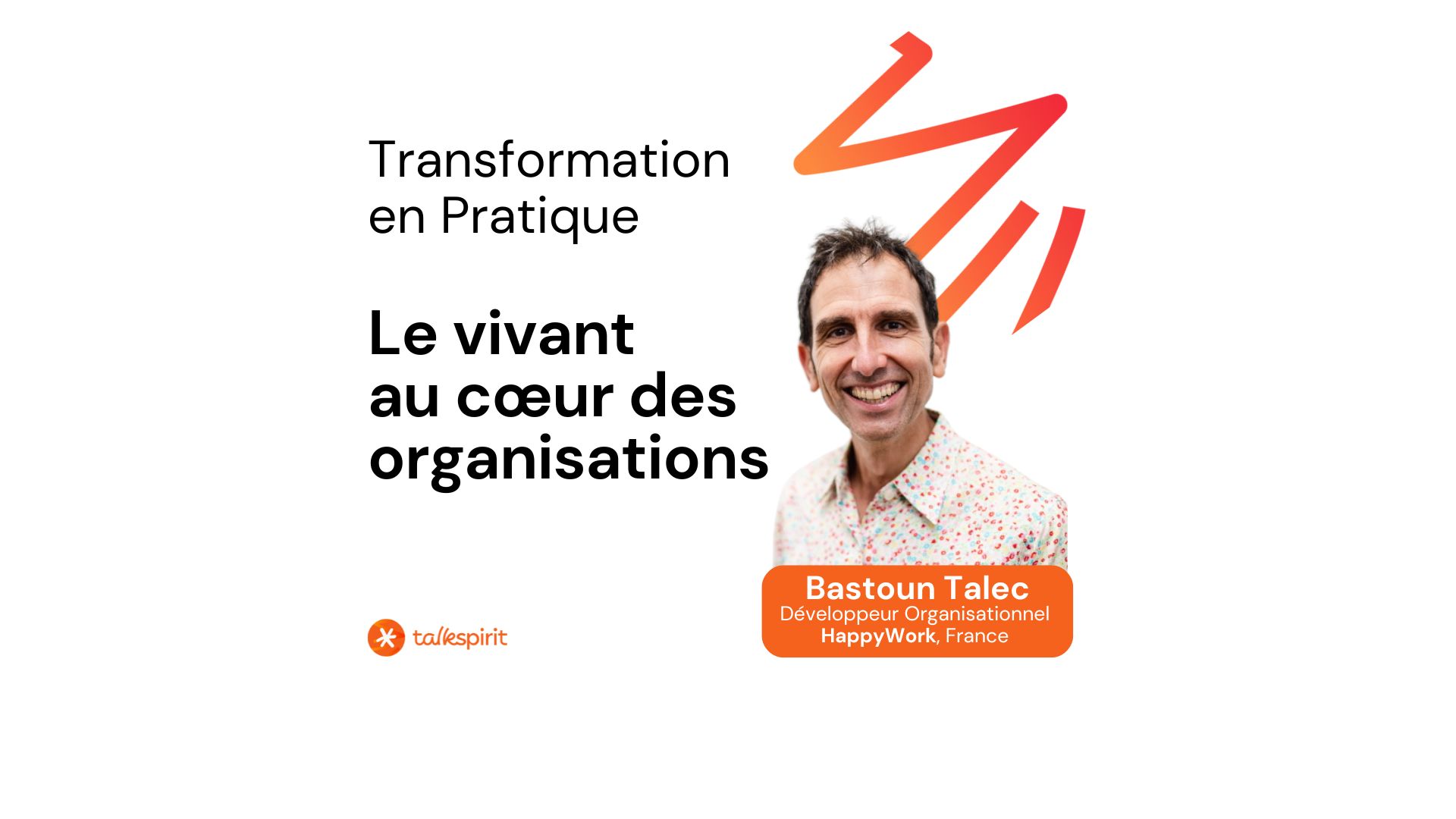

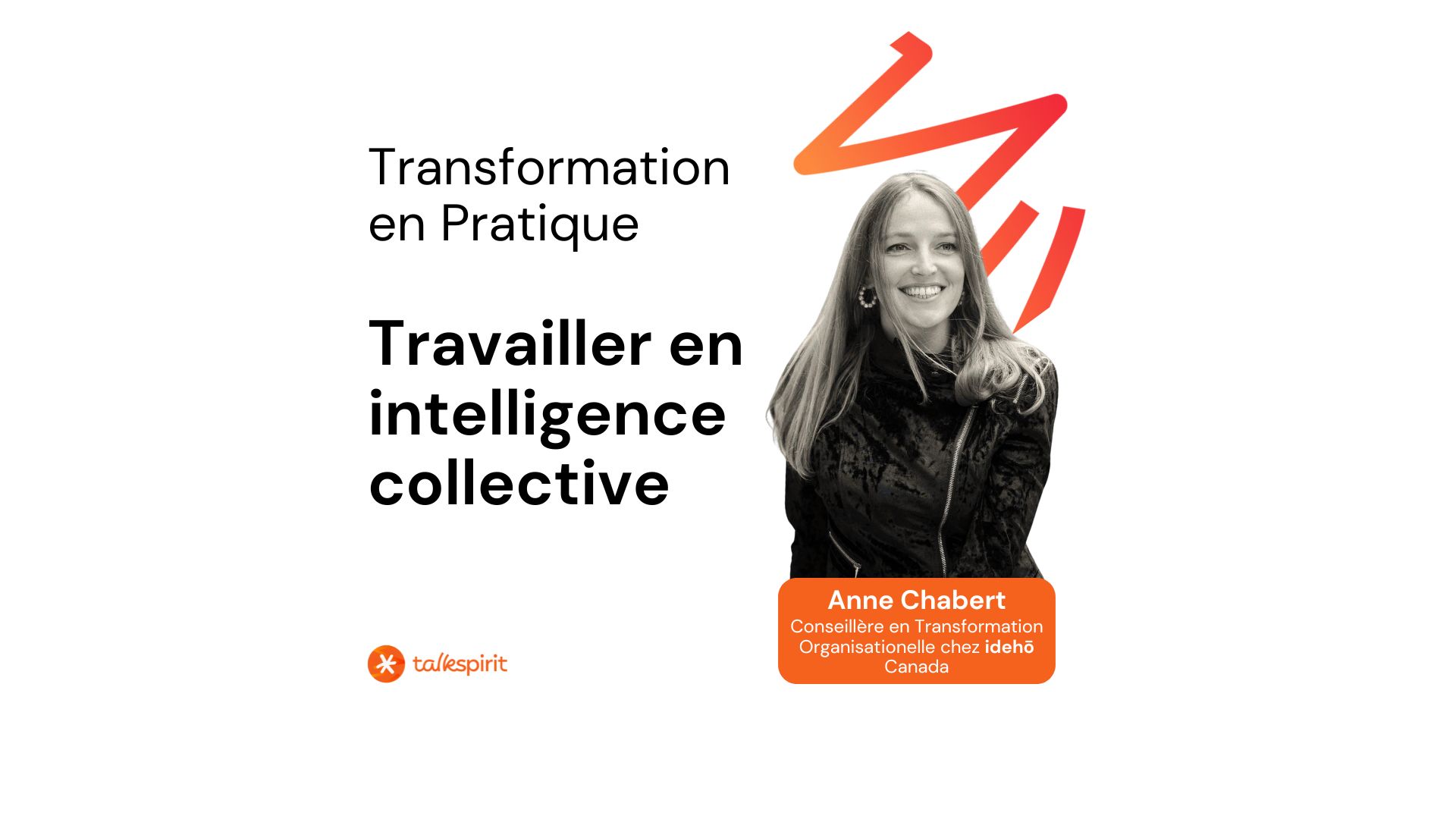

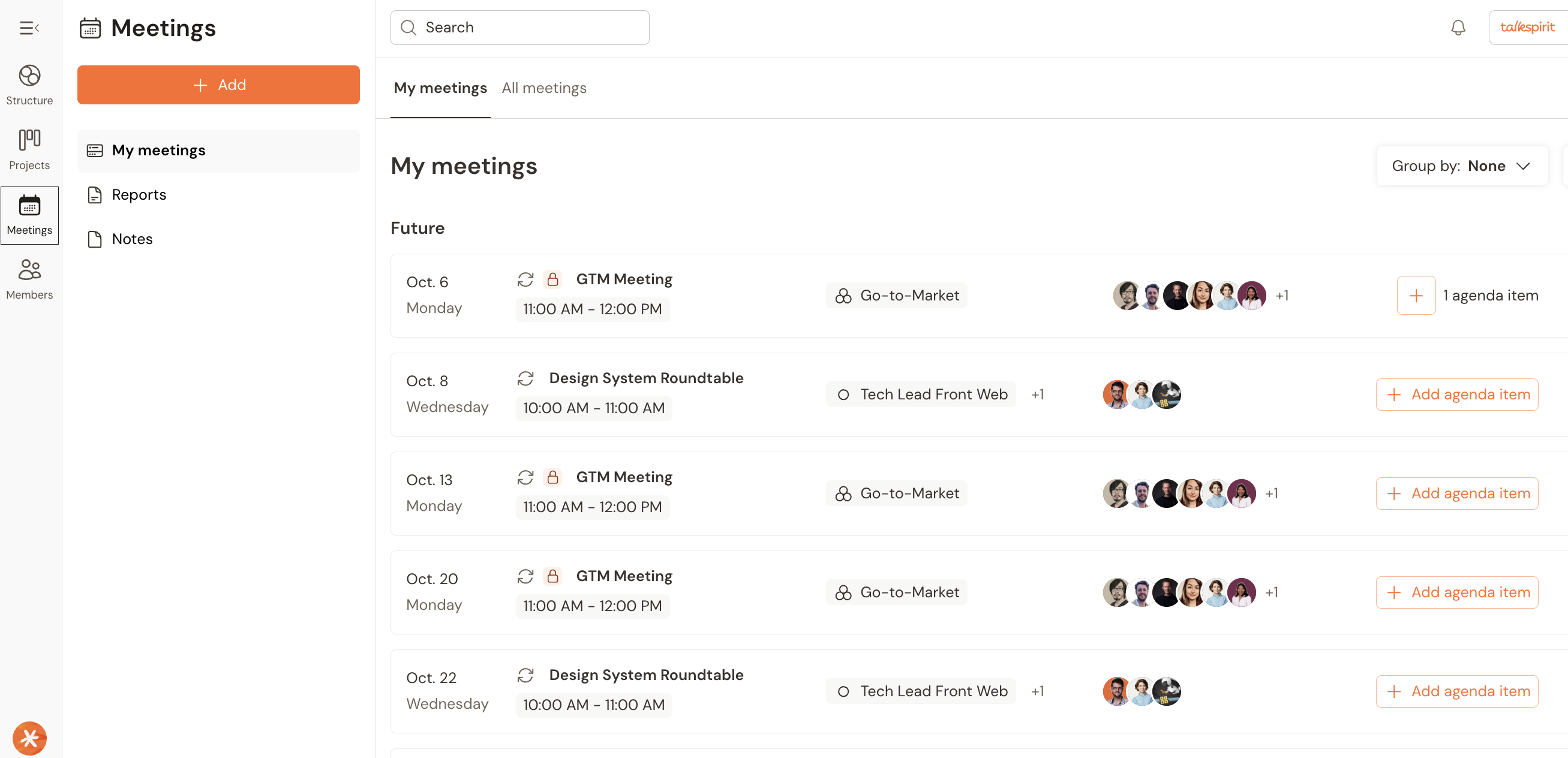



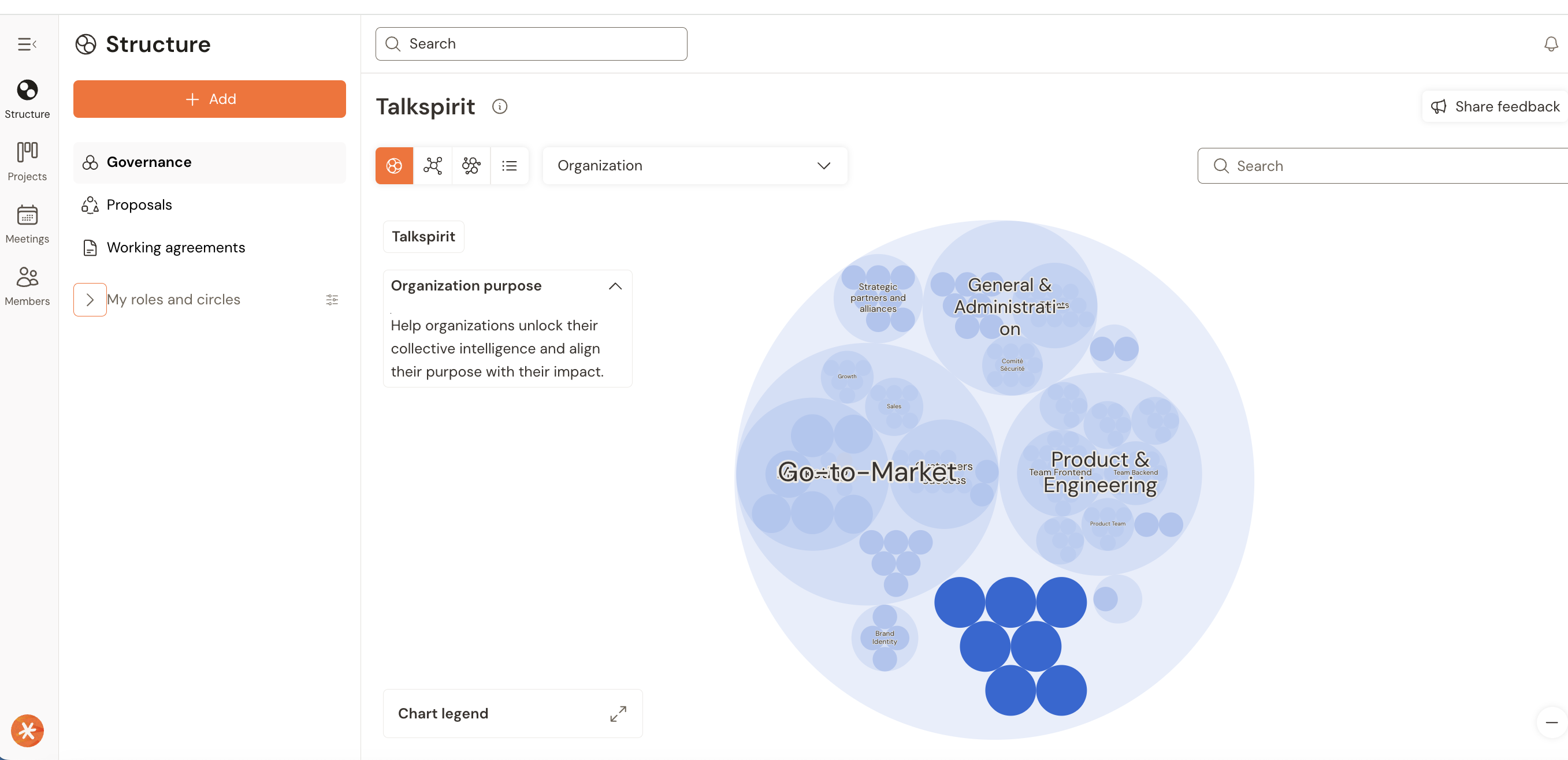
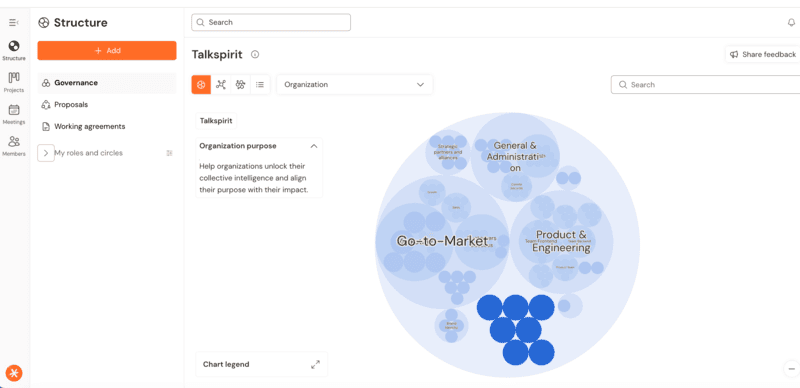

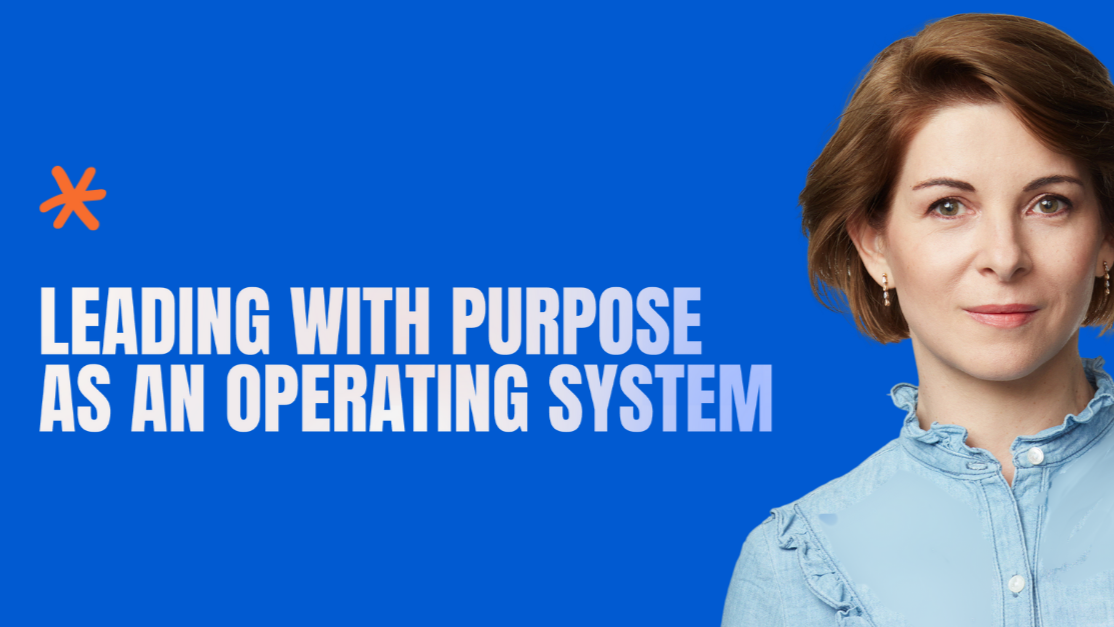







.jpg)





.jpg)
.jpg)







.jpg)
.jpg)


.jpg)

.jpg)


.jpg)











.jpg)




.jpg)



.jpg)

.jpg)



.jpg)








.jpg)





